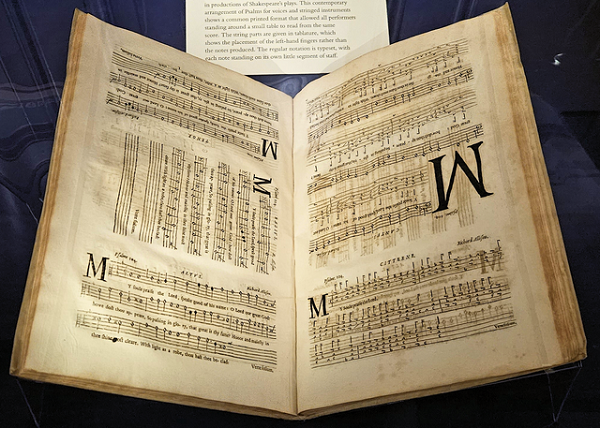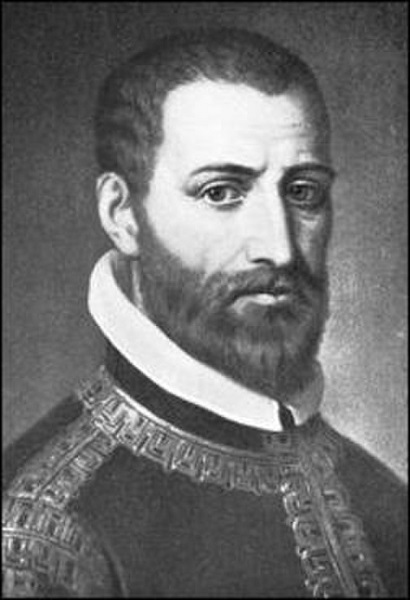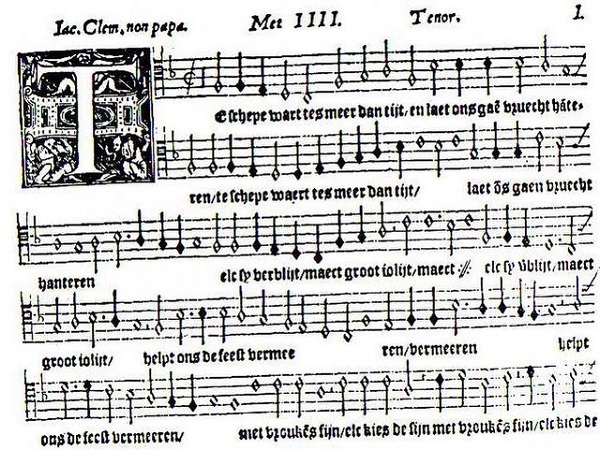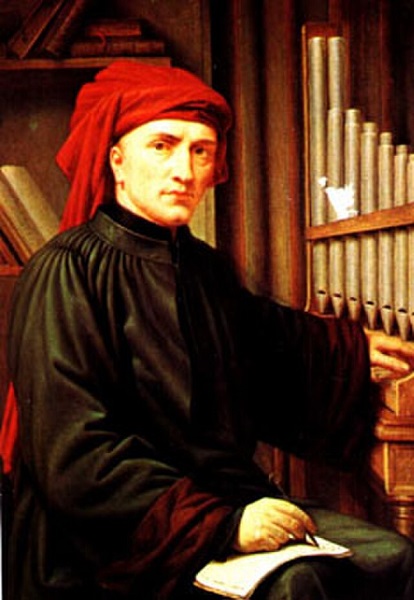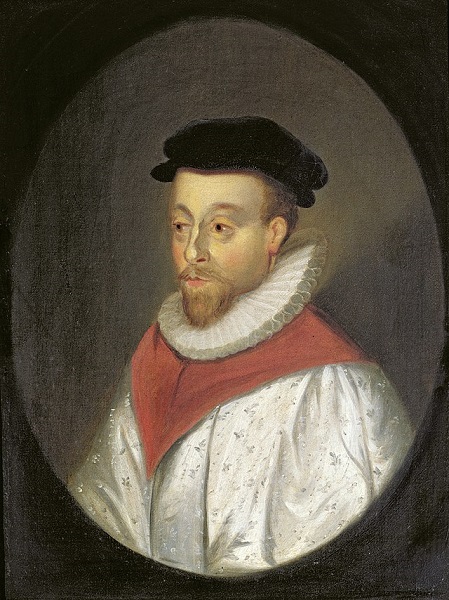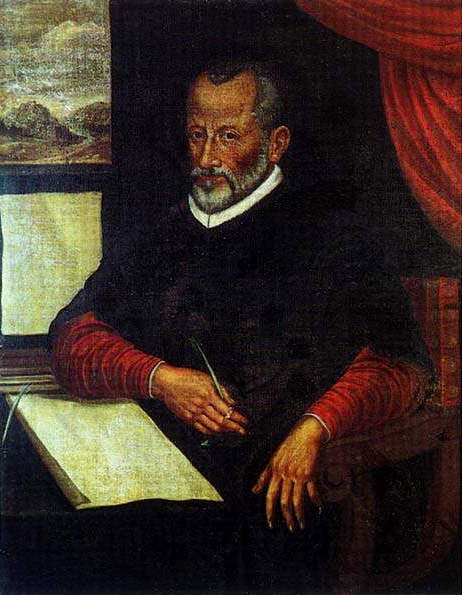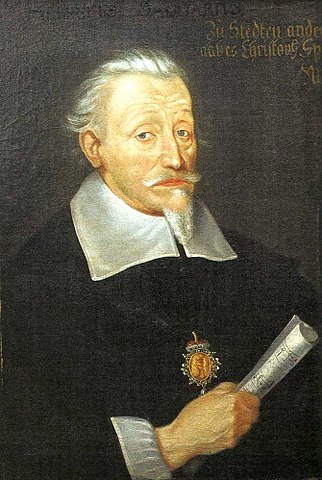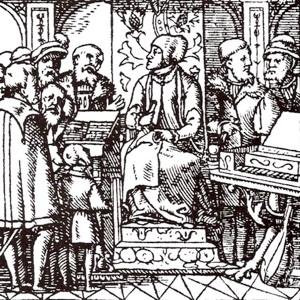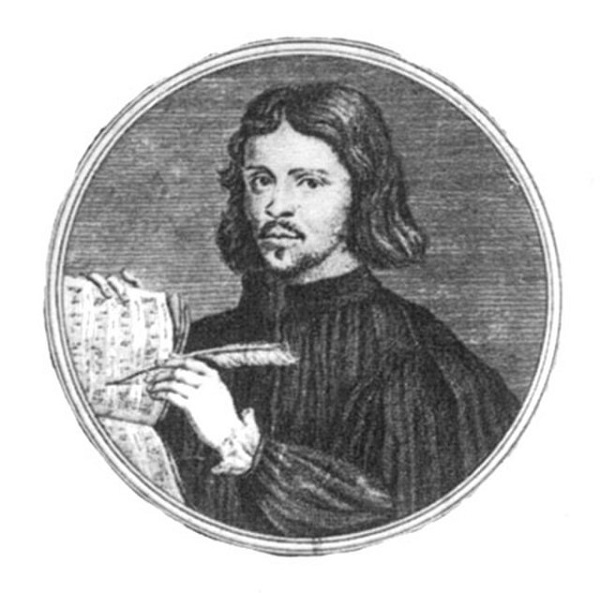Born c.1560–70
Died before 1610
- Richard Allison was a composer during the late Elizabethan age. We know little of his life and work besides what has been published.
- Allison’s published works include psalm settings and instrumental works.
- Based on his publications, we know Allison worked in the service of the Earl and Countess of Warwick in the 1590s, followed by Sir John Scudamore.
- *Alternative spellings of the composer’s last name include:
- Alison
- Allysonn
- Aloyson1

